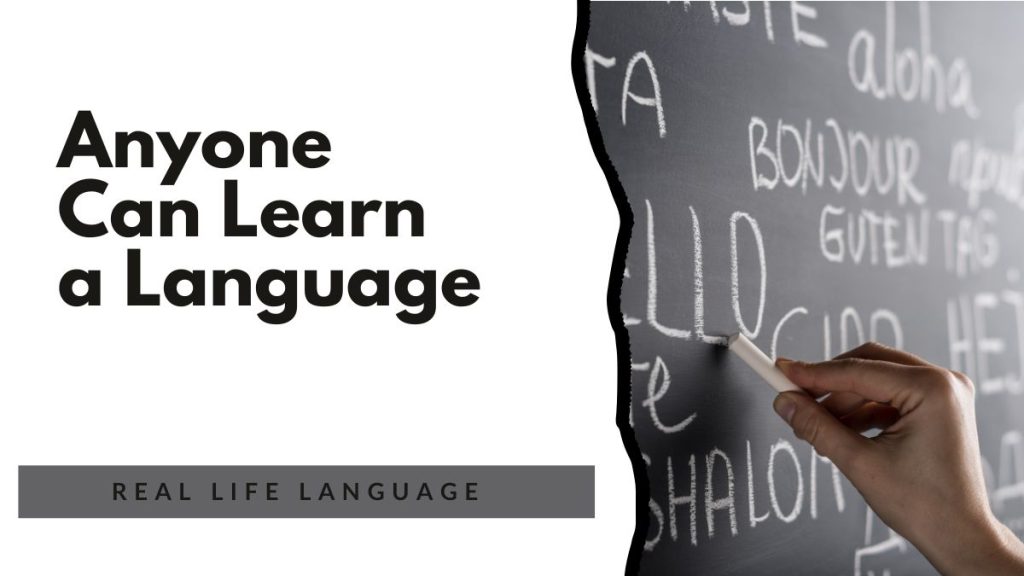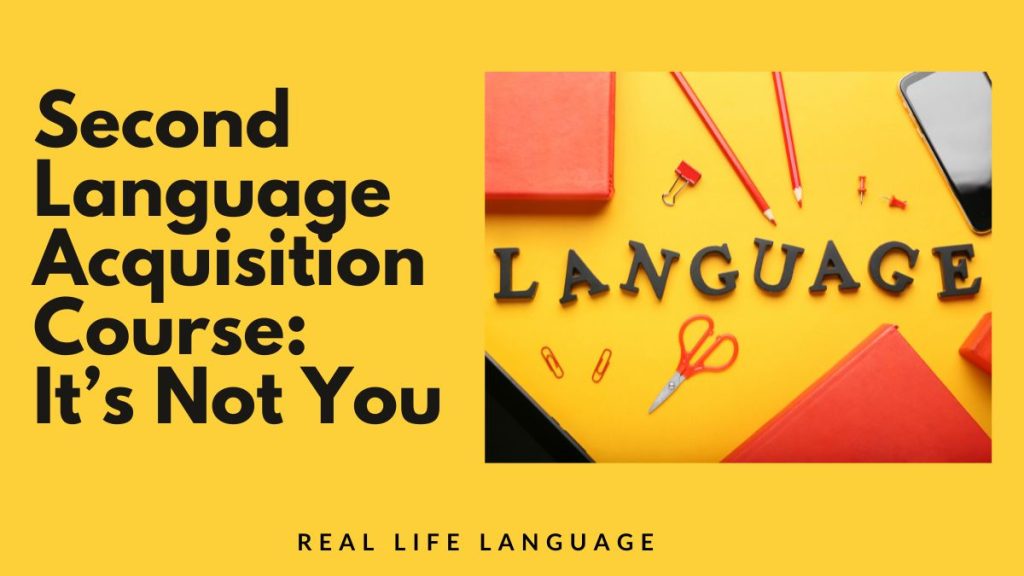This article expands on a short lesson about fluency from a recent video and offers practical guidance for anyone following a second language acquisition course. In it I explain what fluency really means, share important facts about how fluency develops, and give a simple plan you can use to move toward fluent communication. If you’re enrolled in a language course or planning one, this piece will help you set realistic goals and expectations.
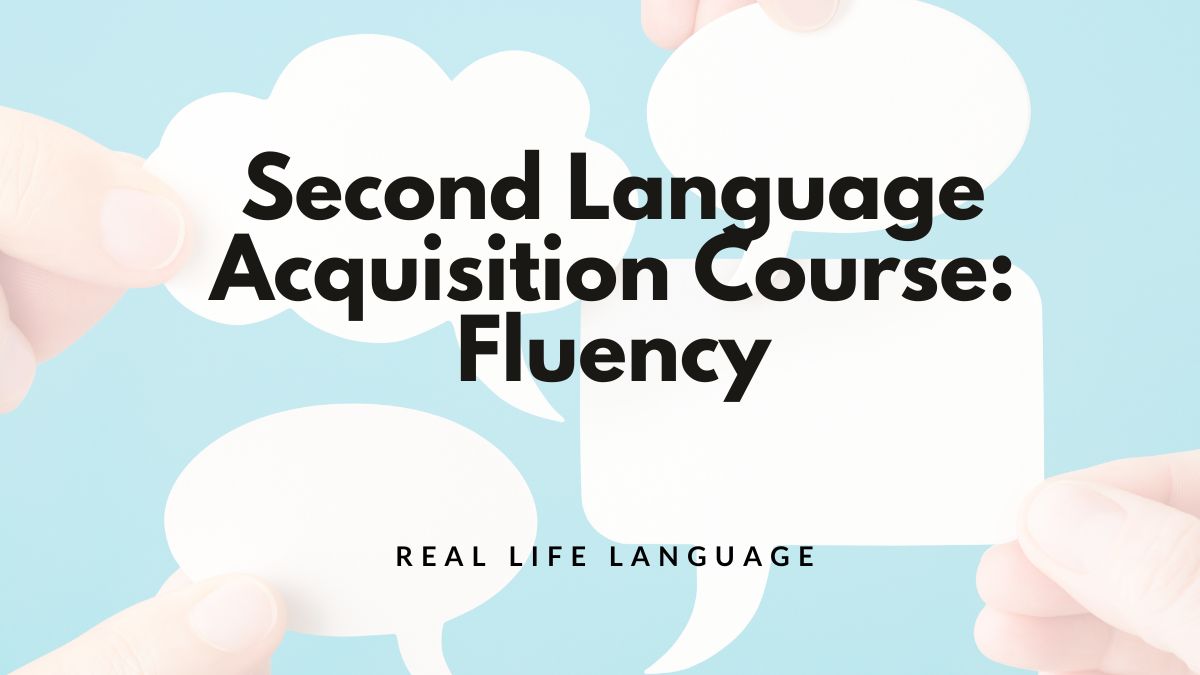
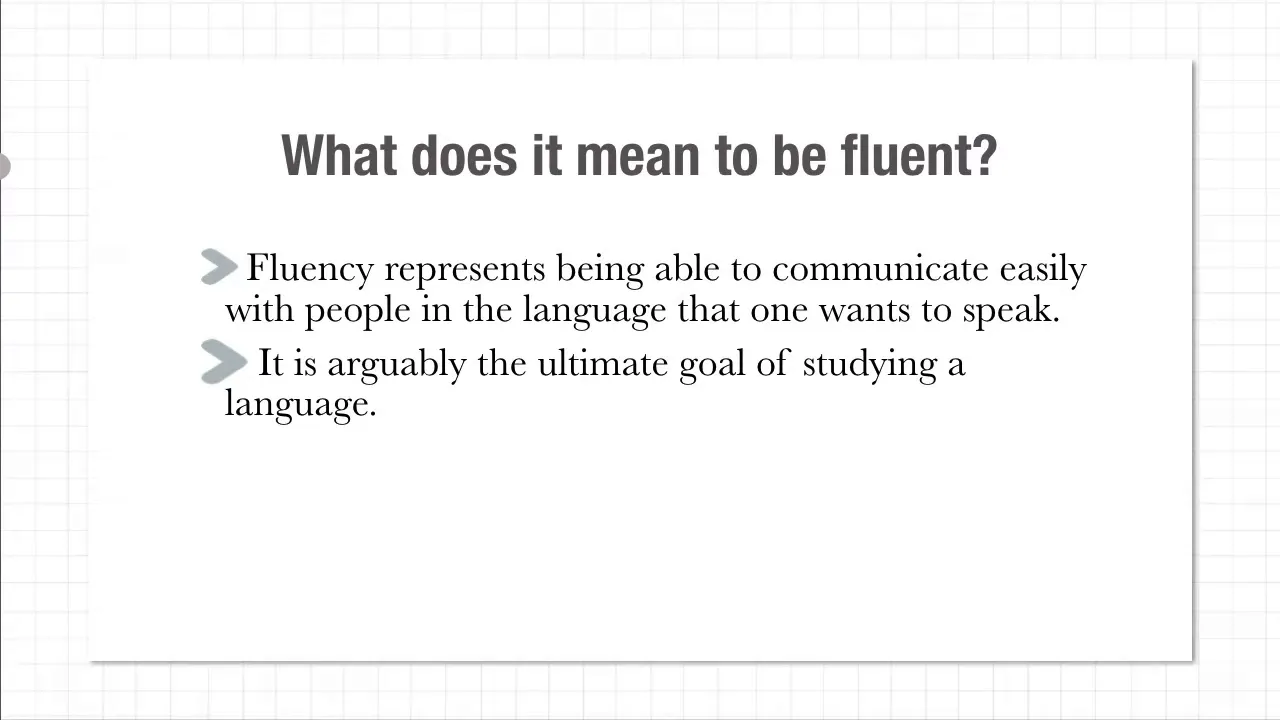
What does “fluency” actually mean?
Fluency represents being able to communicate easily with people in the language you want to speak. It is arguably the ultimate goal of studying a language, but it isn’t a single finish line. Fluency looks different depending on the situations you need it for: everyday conversation, work, academic study or specialised hobbies.
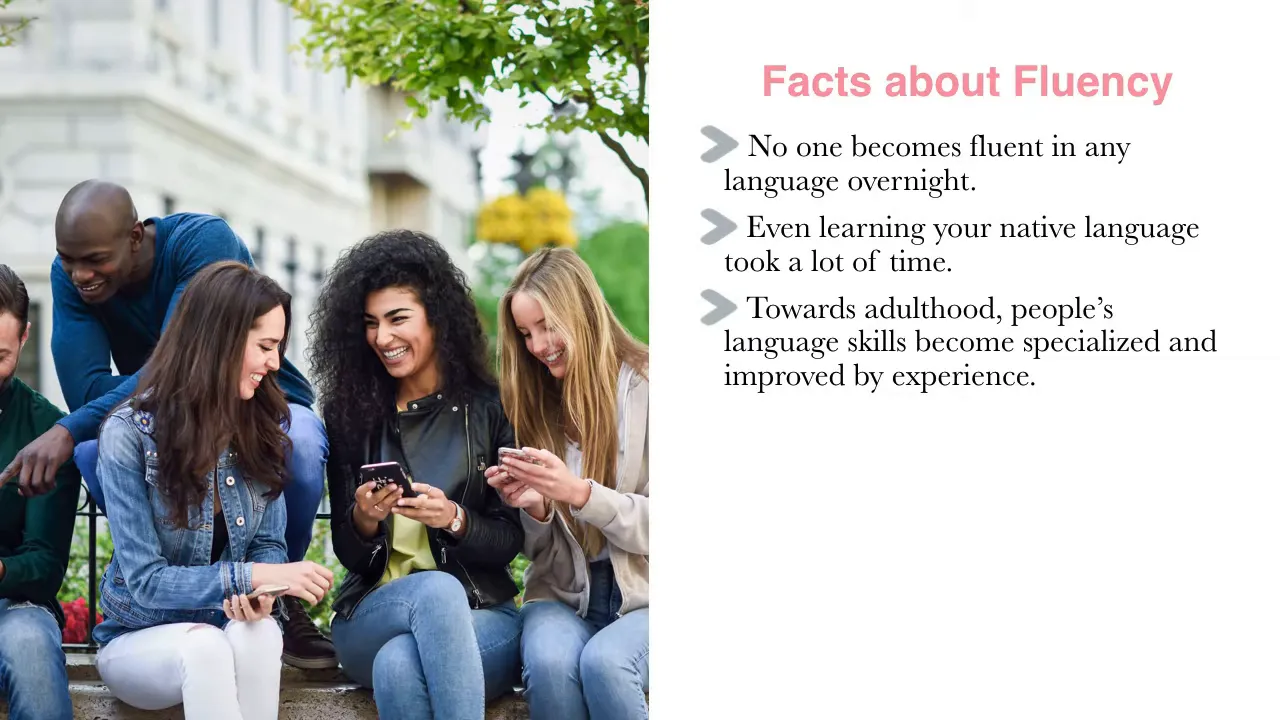
Facts about fluency you should know
- No one becomes fluent overnight. Even your first language took years to develop—sounds became words, words became sentences, then reading and specialised vocabulary arrived over time.
- Exposure is everything. Native-level development happens through constant interaction with a language community: home, friends, school, media, sports, shops and daily life.
- Fluency isn’t black and white. There’s a range of ability. Many learners reach a CEFR B2 level—often described as intermediate-high or advanced-low—and that’s a perfectly respectable level of fluency for many real-world tasks.
- Specialisation matters. As adults we develop specialised vocabulary in areas we care about (manga, car restoration, professional fields). The same happens in a second language.

See yourself as a speaker from day one
One shift in mindset that helps is to recognise you’re a speaker of the language as soon as you begin. That encourages risk-taking and use, which in turn creates more exposure and faster improvement. If you’re following a second language acquisition course, treat every practice session as an opportunity to be a speaker—not just a student.

Creating a realistic plan
Set a clear goal for the level of fluency you need and the situations you want to handle. Then estimate how much time you’ll need (we’ll explore time estimates in more detail later). Consider the time you can realistically commit each day and plan activities that increase exposure: speaking practice, listening, reading in context and targeted vocabulary for your interests.
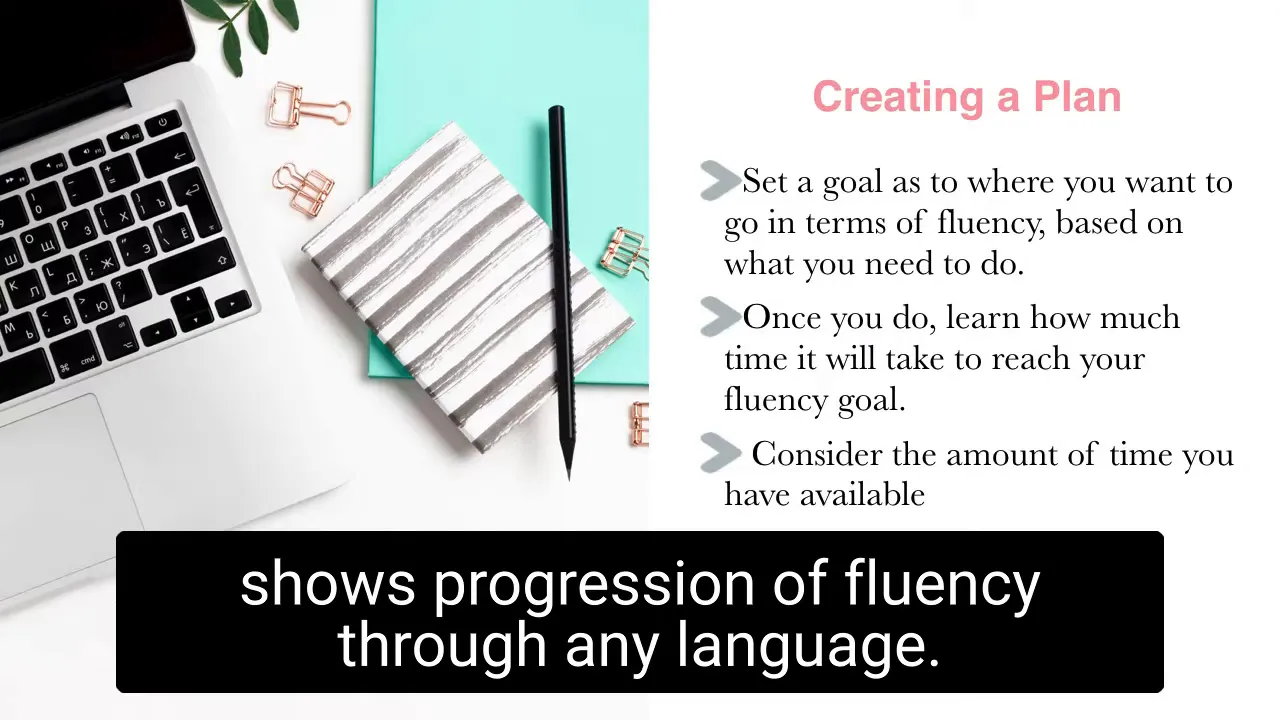
Use a visual self-assessment
I’ve included a simple graphic in the original lesson that shows progression through fluency categories. Use a visual like this to assess where you are now and to set short- and long-term targets. Remember that different languages (category one, two, three, four) often take different amounts of time to learn—factor that into your plan.
Conclusion
Fluency is an achievable, gradual outcome when you prioritise exposure, adopt the speaker mindset early, and plan with realistic goals. Whether you’re enrolled in a second language acquisition course or building your own routine, commit to regular, meaningful interaction with the language and measure progress visually. In the next lesson we will look at how long fluency typically takes and how to schedule your time effectively.
“See yourself as a speaker of the language as soon as you start learning.”
5 Weeks of No and Low Prep Fun
Need quick, engaging activities for your class? This free guide includes 25 no-prep and low-prep ideas to save time while keeping students excited about learning.
Download your free copy now.Second Language Acquisition Course: Anyone Can Learn a Language
